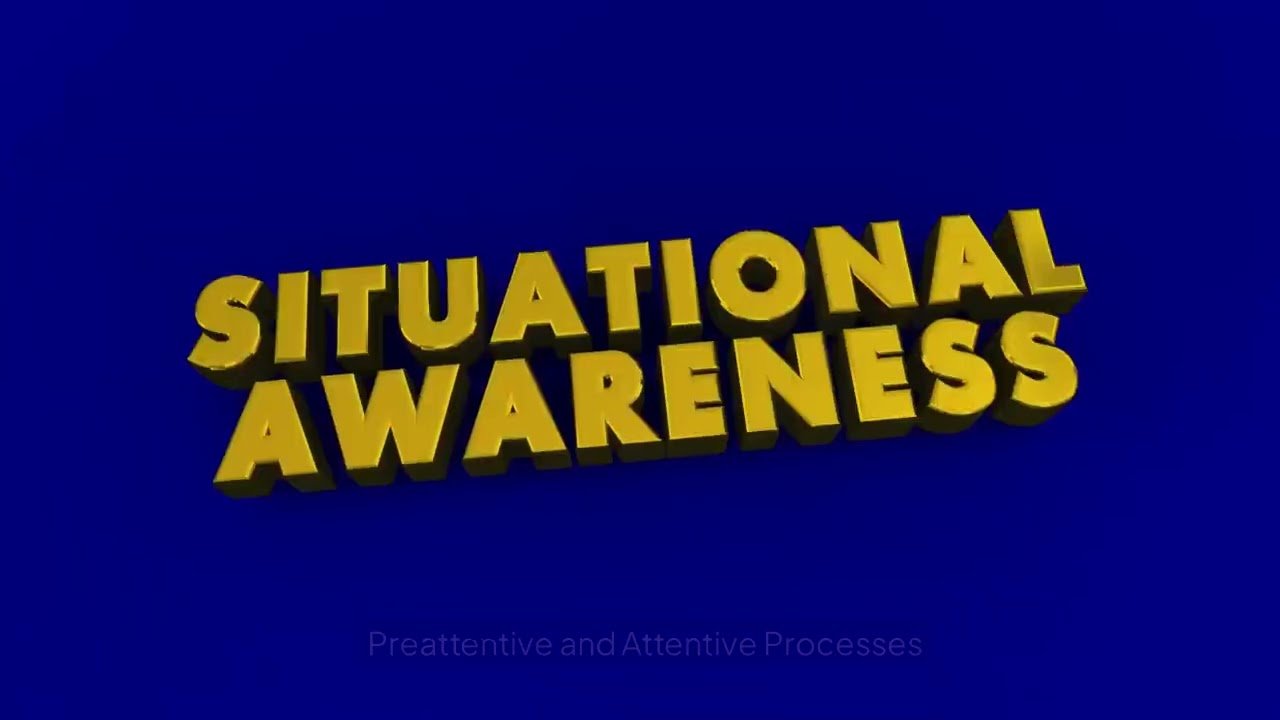Psychophysics is the scientific study of the relationship between physical stimuli and the sensations and perceptions they evoke. It seeks to quantify how changes in the physical world correspond to changes in subjective experience.
Thresholds in Psychophysics
- Absolute Threshold: The minimum intensity of a stimulus required for it to be detected 50% of the time. For example, the absolute threshold for hearing is the faintest sound a person can detect in a quiet environment.
- Difference Threshold (Just Noticeable Difference – JND): The smallest difference in stimulus intensity that can be detected 50% of the time. This concept was formalised by Ernst Weber, leading to Weber’s Law, which states that the JND is a constant proportion of the original stimulus intensity.
The absolute thresholds for the five senses in humans are the following: in vision, seeing a candle flame 30 miles or 50km away on a clear night; for hearing, hearing a watch ticking 20 feet or 6 metres away; for taste, tasting 1 teaspoon of sugar dissolved in 2 gallons or 8 litres of water; for smell, i.e., smelling 1 drop of perfume in a 3-room house; for touch, feeling a bee’s wing falling a distance of 1 centimetre onto your cheek.
Table: Human Senses
| Sense | Stimulus | Sense Organ | Receptor | Sensation |
| Sight | Light waves | Eye | Rods and cones of the retina | Colours, patterns, textures, motion, depth in space |
| Hearing | Sound waves | Ear | Hair cells located in inner ear | Noises, tones |
| Skin sensations | External contact | Skin | Nerve endings in skin | Touch, pain, warmth, cold |
| Smell | Volatile substances | Nose | Hair cells of olfactory membrane | Odours (musky, flowery, burnt, minty) |
| Taste | Soluble substances | Tongue | Taste buds of the tongue | Flavours (sweet, sour, salty, bitter) |
| Vestibular sense | Mechanical and gravitational forces | Inner ear | Hair cells of semi-circular canals and vestibule | Spatial movement, gravitational pull |
| Kinesthesis | Body movement | Muscles, tendons, and joints | Nerve fibres in muscles, tendons, and joints | Movement and position of body parts |
This chart lists the fundamental features that make up the human sensory system.
While these thresholds may seem impressive, we respond to very little of the sensory world. We cannot see X-rays or microwaves. Dogs can hear a dog whistle, while we cannot. Humans hear only 20 percent of what a dolphin can hear. Some animals, such as bats and dolphins, have a superior sense of hearing. Other animals, such as hawks, have extremely sharp vision; still others, such as bloodhounds, possess a superior sense of smell. Humans sense a somewhat limited range of the physical phenomena in the everyday world.
Signal Detection Theory
Signal Detection Theory (SDT) provides a framework for understanding how individuals discern meaningful signals (e.g., a faint sound) from background noise. It introduces four possible outcomes:
- Hit: Correctly detecting a signal.
- Miss: Failing to detect a signal.
- False Alarm: Detecting a signal when none is present.
- Correct Rejection: Correctly identifying the absence of a signal.
SDT emphasises that detection is influenced not only by the stimulus intensity but also by psychological factors such as motivation, expectation, and fatigue. This theory has applications in fields ranging from medical diagnostics to aviation safety.
Discover more from Decroly Education Centre
Subscribe to get the latest posts sent to your email.

